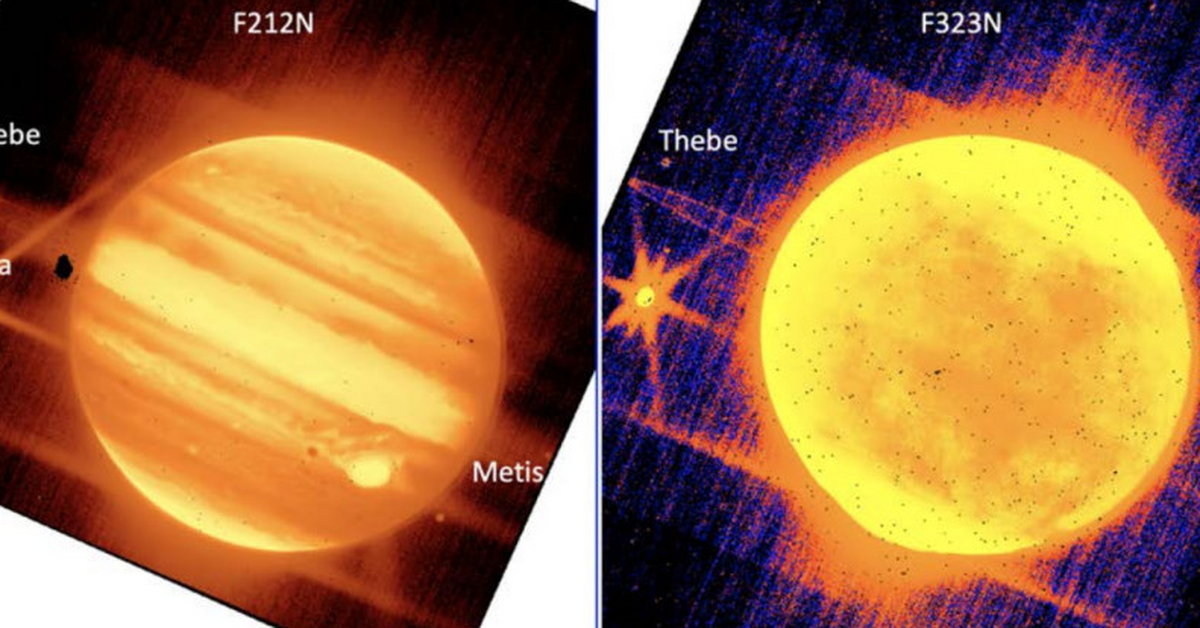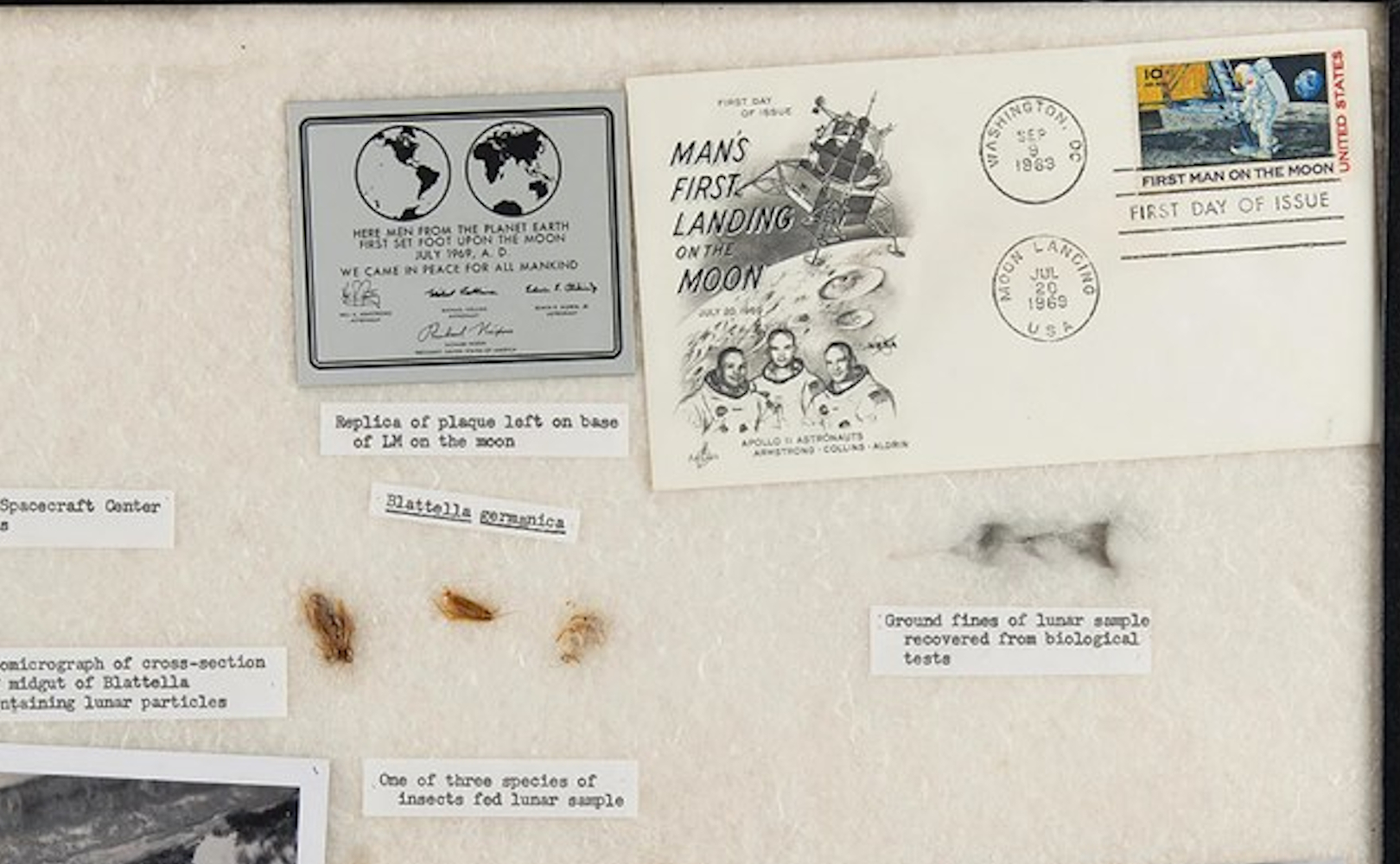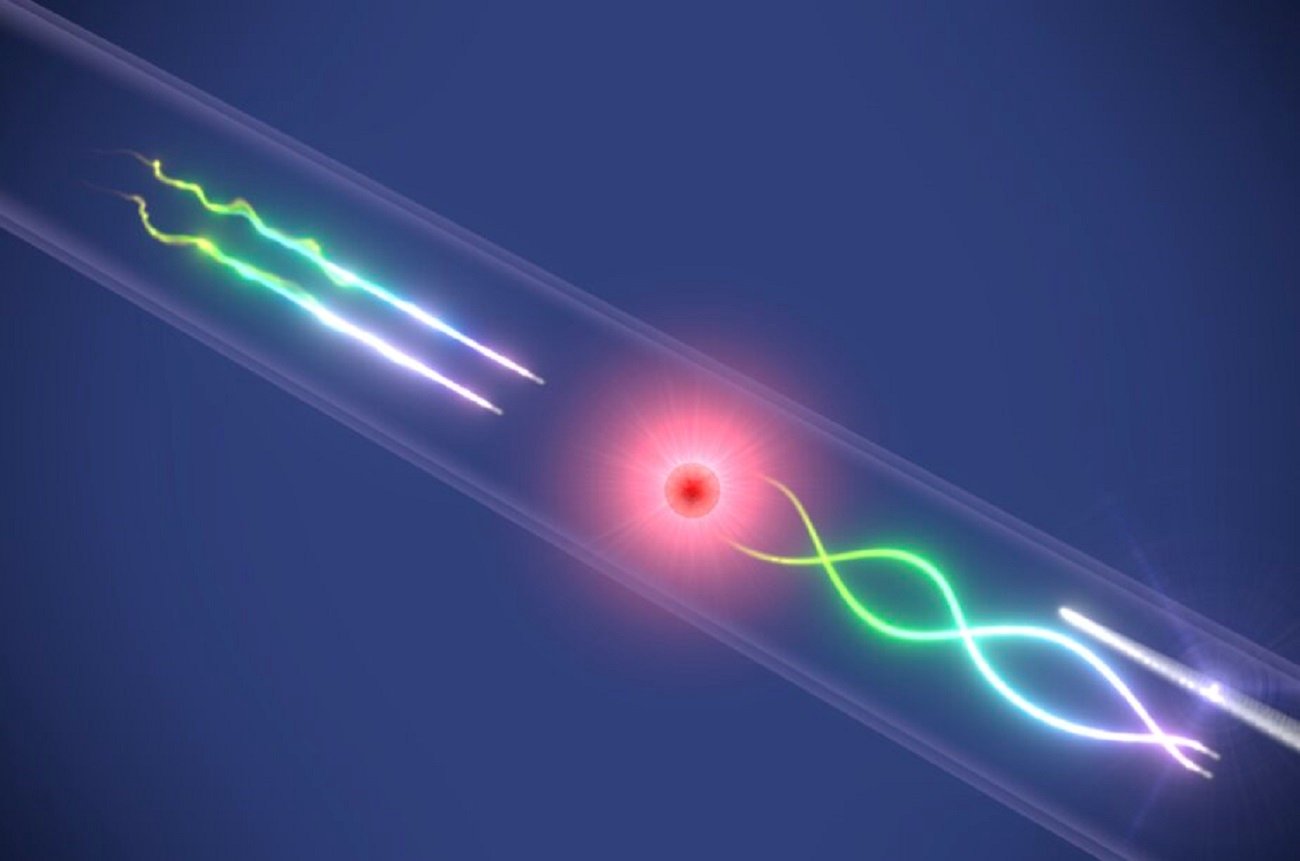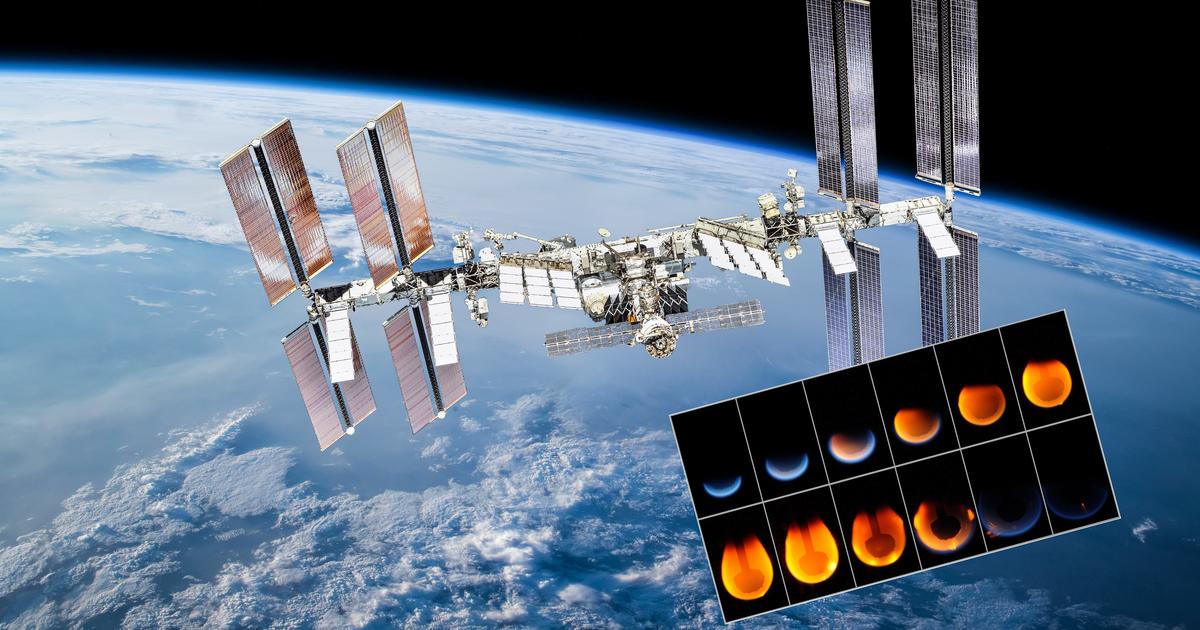The airglow commonly seen over Alaska is observed at various altitudes above the Earth’s surface and is caused by the interaction of solar radiation and solar wind with molecules, such as oxygen and nitrogen, in the upper layers of the atmosphere. The subtle, diffuse, green-tinged radiation in the Alaskan sky has been studied for years. Scientists use it to understand space weather in the immediate vicinity of Earth.
Read also: The Sun disrupted our planet’s magnetic field. The red light can be seen even with the naked eye
However, it turns out that the glow visible in the sky in this case since Saturday is not caused by the aurora borealis. This time, it’s a high-frequency radio transmitter (High Frequency Active Auroral Research Program, HAARP) that produces the glow in the sky itself. As part of the four-day research programme, scientists want to take a closer look at the ionosphere, the ionized layer of the atmosphere that begins about fifty to five hundred kilometers above the Earth’s surface.
As part of the project The researchers want to look at the processes that lead to the emission of radiation in the optical range in this layer of the atmosphere. Scientists from the University of Alaska at Fairbanks also want to check whether so-called plasma waves, gas waves so hot that they knock electrons out of atoms, are able to amplify other, lower-frequency waves. Based on this information, scientists will determine how satellites can effectively detect and avoid such events.
While natural aurora are caused by a stream of high-energy particles reaching Earth from the Sun, HAARP produces airglow by emitting intermittent pulses of high-frequency radio waves. They excite electrons in the Earth’s ionosphere. HAARP consists of 180 antennas capable of broadcasting high frequency radio waves. During operation, it is capable of radiating up to 3.6 megawatts of energy towards the upper layers of the atmosphere.
During the ongoing research project, scientists emit waves with frequencies ranging from 2.8 to 10 megahertz into the atmosphere.
Read also: A mysterious glow appeared over the Atlantic Ocean. It was immortalized by one of the pilots
Before the experiment began, scientists informed the public that within a 500-kilometre radius of the HAARP network site, it would be possible to see a pale red and green glow at night. If the distinct light is difficult to see, Alaskans can try to see it using the peek-a-boo method, where the glow is visible in peripheral areas of the field of vision.
As part of the research project, scientists analyzing the artificial glow are trying to learn more about the interactions that occur at the interface between the Earth’s atmosphere and space, although it is worth emphasizing that there are no clear boundaries between these two systems. As we move away from the Earth’s surface, the density of the atmosphere gradually decreases until it reaches a value close to the density of interplanetary space.

Echo Richards embodies a personality that is a delightful contradiction: a humble musicaholic who never brags about her expansive knowledge of both classic and contemporary tunes. Infuriatingly modest, one would never know from a mere conversation how deeply entrenched she is in the world of music. This passion seamlessly translates into her problem-solving skills, with Echo often drawing inspiration from melodies and rhythms. A voracious reader, she dives deep into literature, using stories to influence her own hardcore writing. Her spirited advocacy for alcohol isn’t about mere indulgence, but about celebrating life’s poignant moments.










